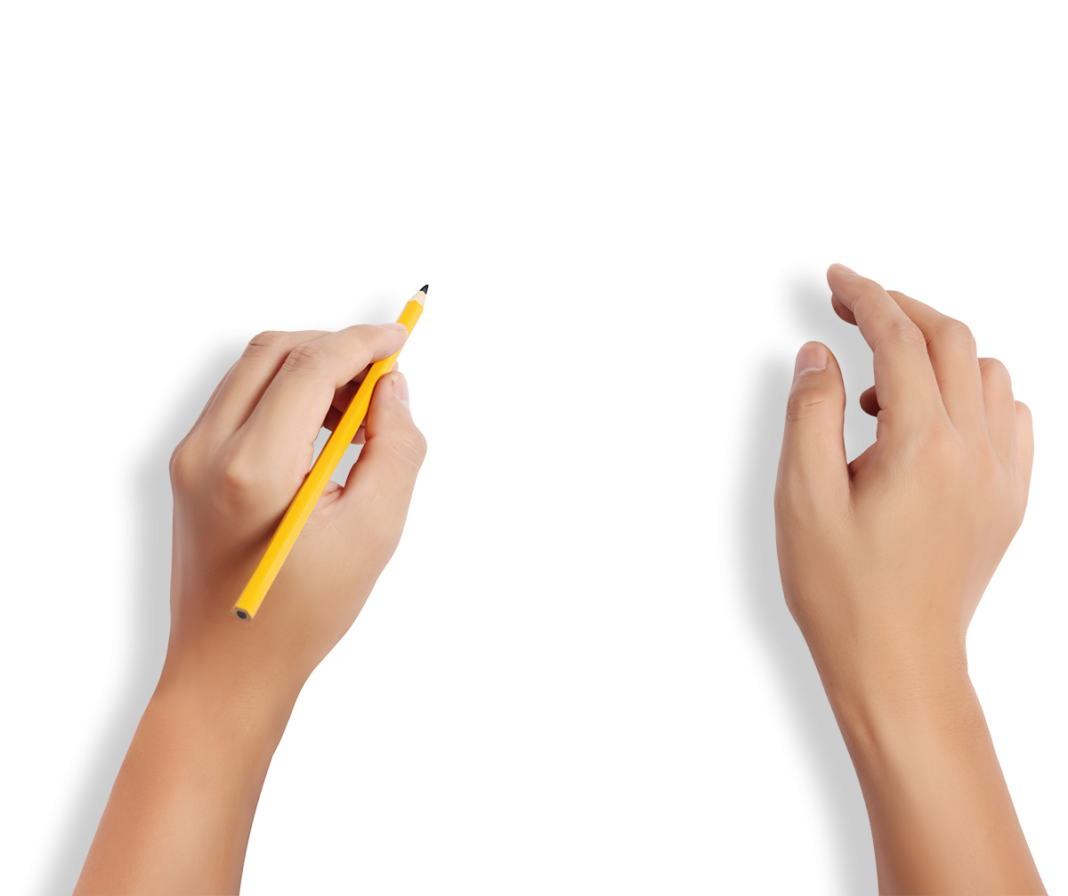BY SCIENCE BRIDGE ACADEMY
Life for a left-handed person isn’t easy! There are some undeniable bummers associated with a left-handed proclivity: desks and spiral notebooks pose a constant battle, scissors are all but impossible to use and some studies reported shorter life-expectancy among the lefties.
Researchers who study human hand preference agree that the side of the preferred hand (right versus left) is produced by biological and, most likely, genetic causes. Approximately 15% of the world populations are left-handed. A genetic study explained hand preference states are controlled by genes. The gene for right handedness (D gene) is dominant and found more frequently in the population and is more likely to occur as part of the genetic heritage of an individual. Whereas the C gene for left-handedness is less likely to occur within the gene pool (recessive).
The various possible genetic combinations are DD individuals who are strongly right-handed, DC individuals who are also mostly right-handed, but CC individuals who are either right-handed or left-handed. Hand preference in CC individuals becomes amenable to chance influences, including the pressures of familial training and other environmental interventions that favour the use of one hand over the other. These leave us with an overwhelming majority of human right-handers and a small, but persistently occurring, minority of left-handers.













